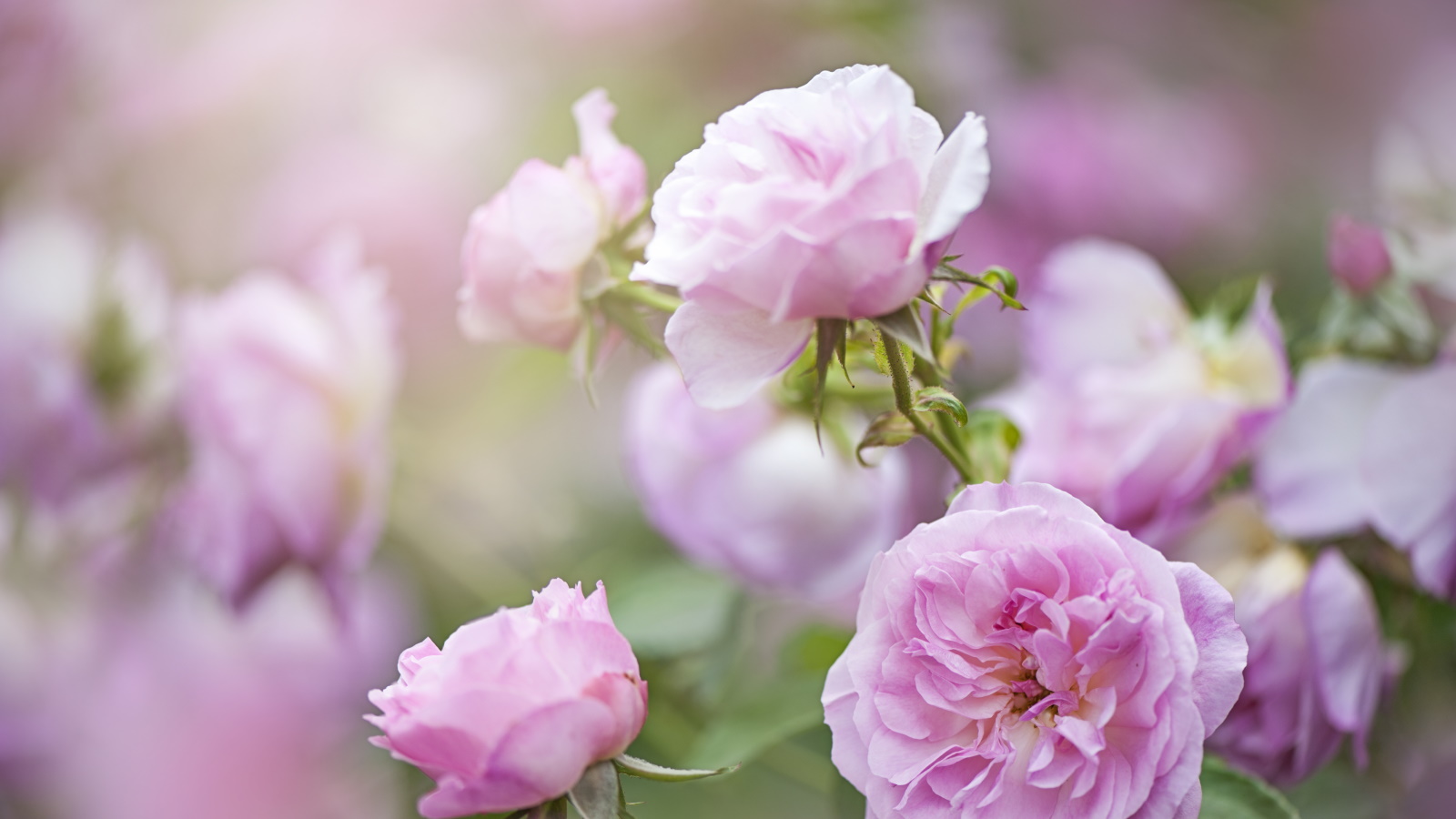
Roses are surely the most timeless of all flowers. Never have they been out of favor or fashion. Fragrant, colorful blooms add romance and beauty to any backyard or container display. If you are thinking about rose garden ideas this year, consider growing roses from bare-root stock instead of buying roses as pot plants.
Bare-root roses are often preferred by gardeners for their affordability, with a wide range of reasonably priced dormant plants available to purchase through the winter months.
Bare-root roses are sold with exposed roots, making them easier to handle and package, as opposed to ordering a rose grown in a plastic container.
The ideal time to plant bare-root roses is during the dormant season, typically in late winter to early spring. By the time spring arrives, the bare-root roses will begin to shoot, going on to produce vibrant blooms in the summer months ahead. We asked the experts for their top tips on how best to plant bare-root roses.
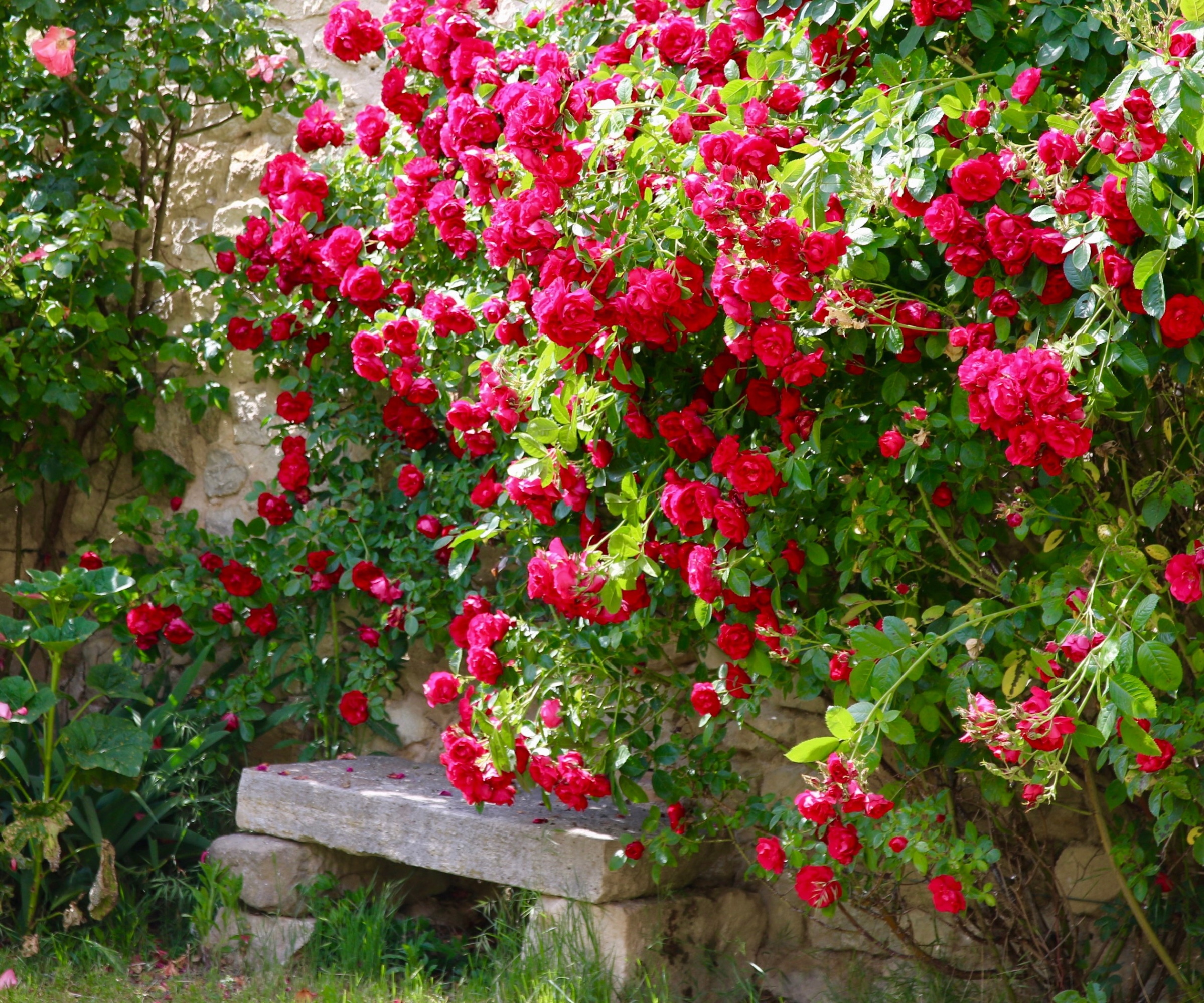
Expert advice for planting bare-root roses
Bare-root roses should be planted during the dormant season, typically in late winter to early spring. Discover how best to plant bare-root roses and enjoy beautiful and fragrant blooms in the months to come.
Things to consider before planting bare-root roses
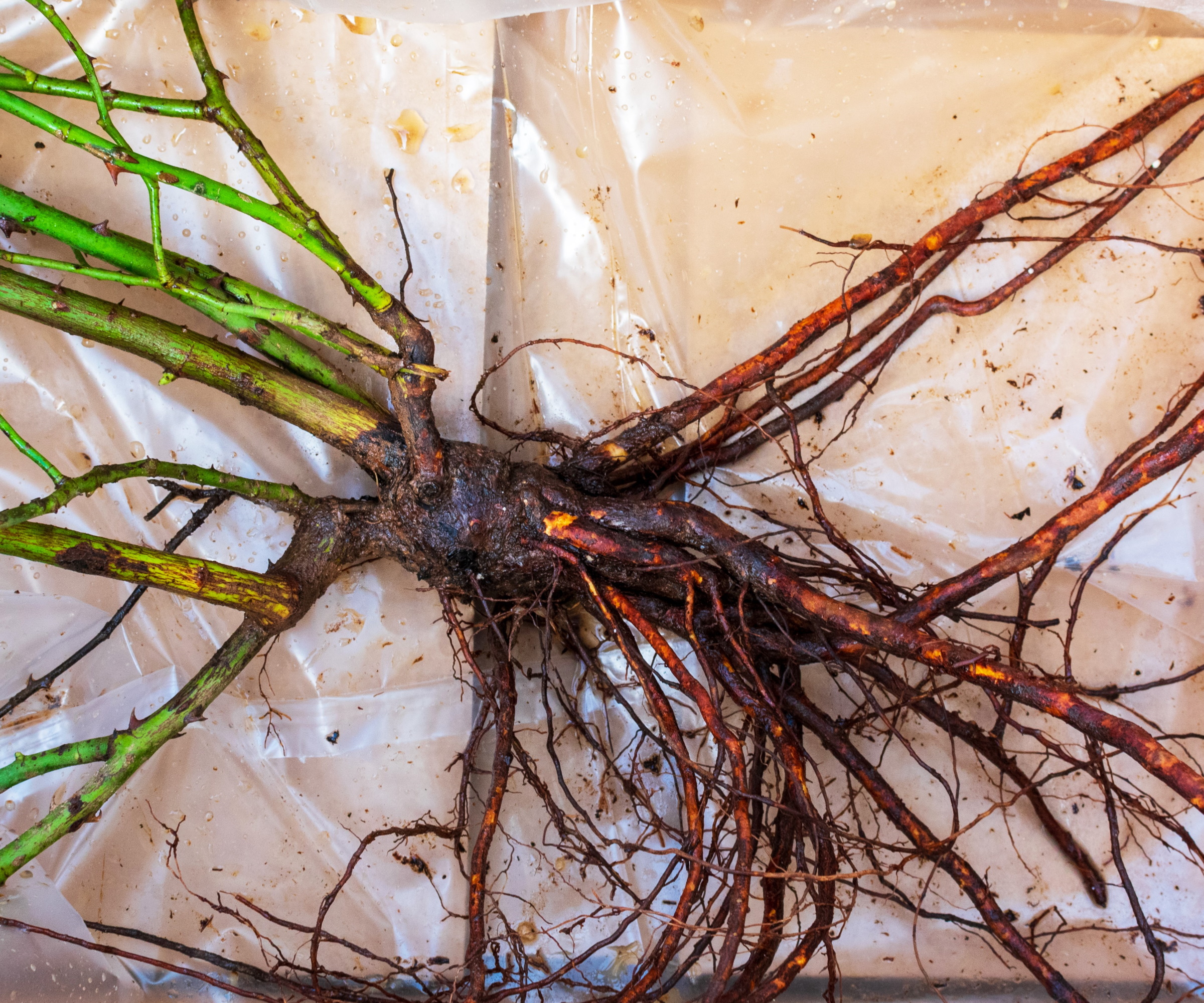
Planting roses is relatively simple, but there are some essentials to remember. 'Most bare root roses are best planted in late winter or early spring, before new growth begins,' says Mike Murphy, plant expert and owner of You Had Me At Gardening.
If you live in US hardiness zone 8 or above, you will be able to plant bare-root roses in mid to late winter, otherwise, it is recommended that you stick to early spring, 'when the soil is workable,' says Mike. It is advisable to 'check your USDA hardiness zone to determine the appropriate timing for your region.'
The ideal planting location will be a spot in your backyard with at least 4 - 6 hours of sunlight a day. Avoid an overly shady position, such as under a large tree or established shrub, as limited light and competition for water will present challenging conditions for your new rose in its first year.
Most garden stores and online platforms will have bare-root roses available for purchase through the winter months, such as Rosa 'Baitown' - Paint the Town Red from Nature Hills. Many varieties are available, in different colors, shapes and sizes, so there is surely a rose to suit your space.
Rosa 'Paint the Town' has gorgeous big flower heads that rebloom for months. Add a bold splash of red to your landscape from late spring through the first frost of fall with a rose that stays compact and tight.
How to plant bare-root roses
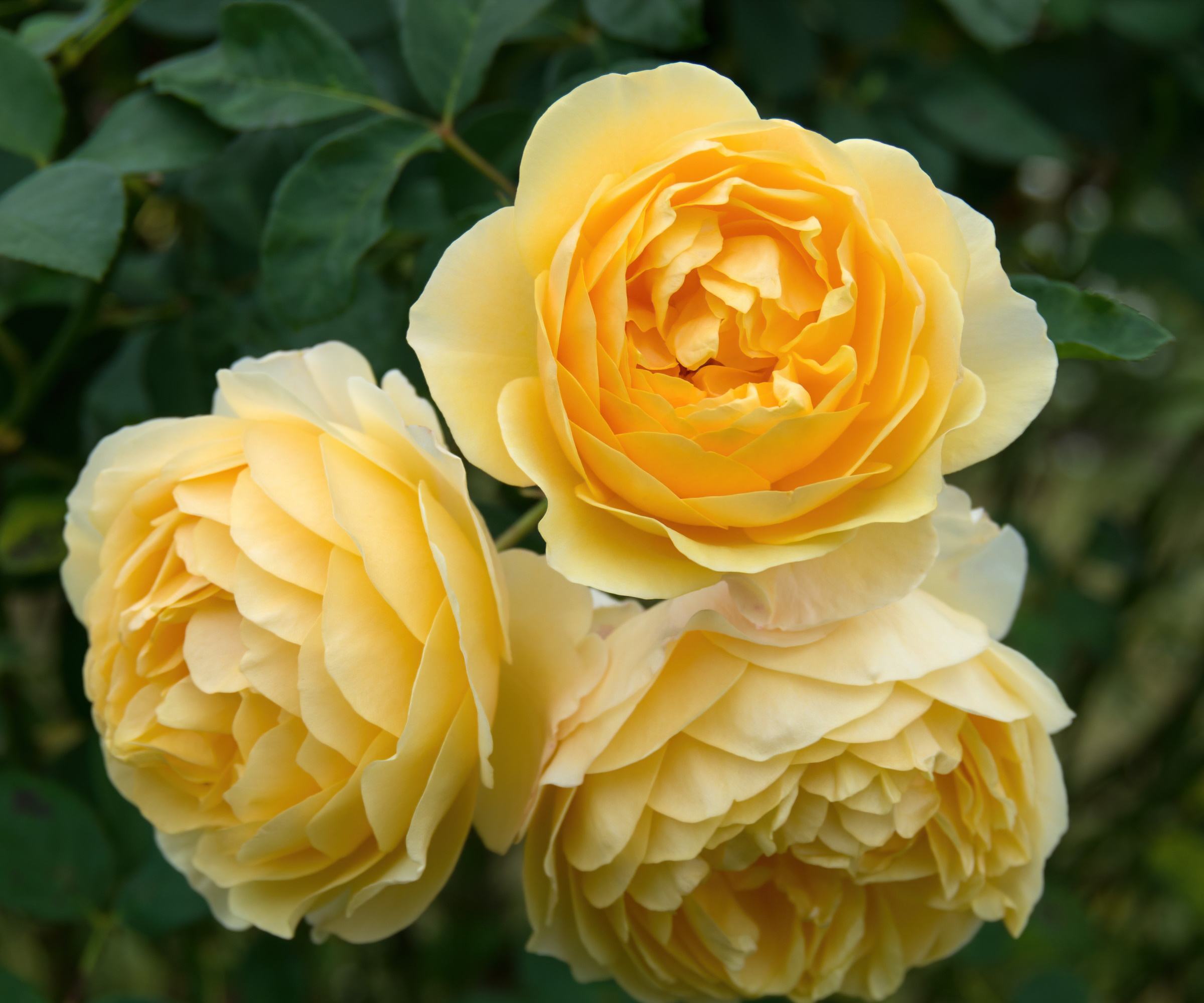
Before planting bare-root roses, 'it is recommended to soak the roots in a bucket of water for at least two hours but no longer than 12 hours,' says Autumn Hilliard-Knapp, horticulture specialist at Perfect Plants Nursery. This helps to 'rehydrate the roots and prepare them for planting.'
At this stage, inspect your bare-root rose and if necessary 'prune your rose, removing any broken, damaged, or overly long roots before planting,' says Autumn. This is important as you want new growth to sprout on healthy stems, rather than stems that are already damaged or slightly broken.
Once your rose is rehydrated and pruned, you are ready to plant. It is best to dig the soil over with a fork, loosening the ground and adding in some organic matter. Take your time to inspect the soil, removing any large stones or weeds to help your new rose establish.
Following this, you can dig a hole approximately 15 inches wide, going on to position your rose in the center. The base of the stem should sit one inch below the surface level. You can then refill the hole, and carefully firm the soil down, ensuring that the rose remains in the right position. You can then use your foot to firmly press the soil down.
Whilst late winter is a good time for some to plant a bare-root rose, avoid doing so if the ground is frozen or a frost is anticipated the following week after planting. Whilst these plants are hardy, planting into frozen ground is not recommended.
Caring for bare-root roses
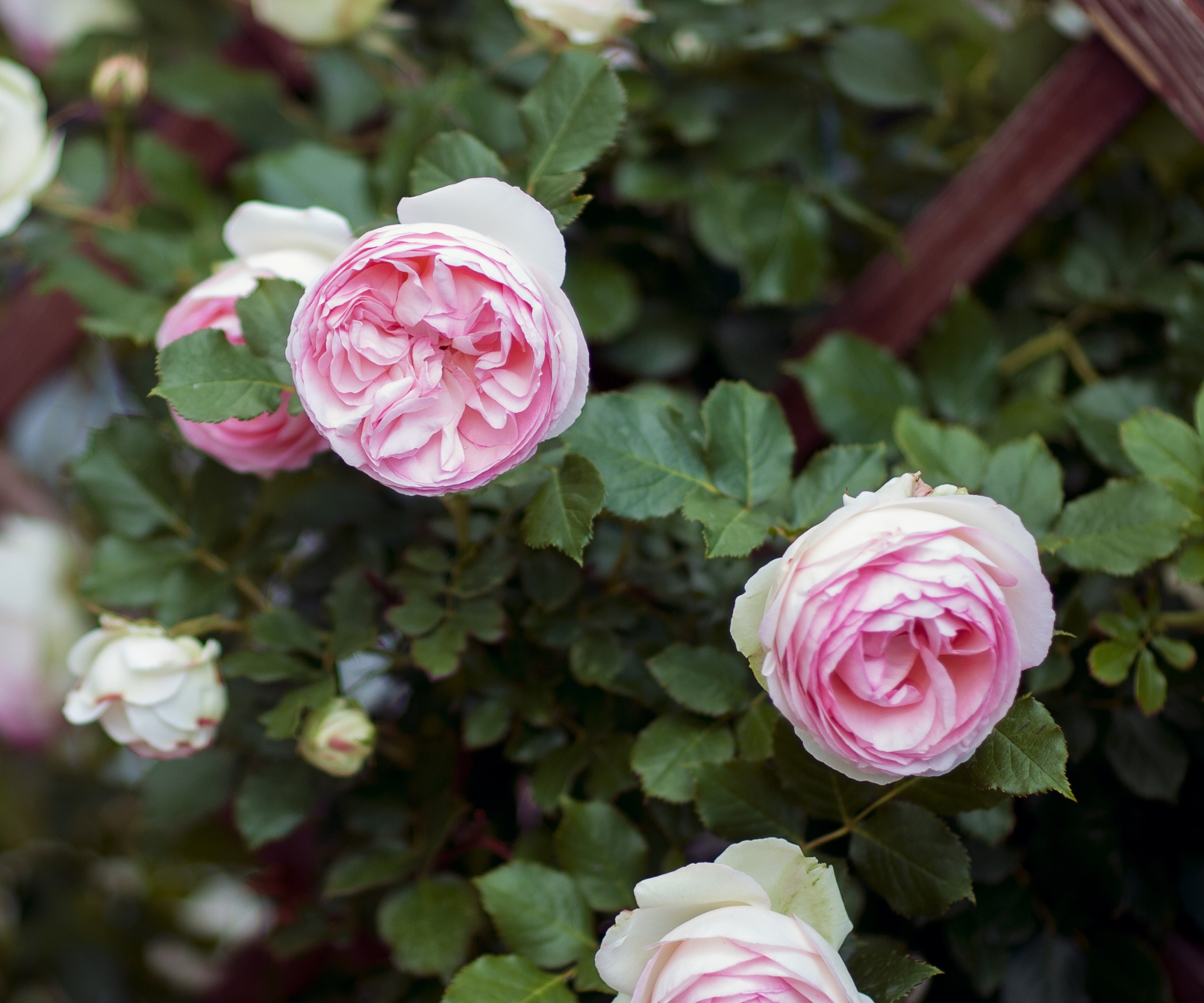
After you have planted your bare-root rose, 'provide thorough watering to settle the soil around the roots,' Mike says. It is important to 'water regularly, keeping the soil consistently moist but not waterlogged after planting.'
You can 'apply a balanced rose fertilizer according to package instructions in spring, and again after the first flush of blooms,' Mike continues. Roses appreciate fertile soil and are known to be heavy feeders, so applying fertilizer is certainly recommended if you want masses of blooms. In addition to fertilizing, you can also spread a thick layer of mulch or organic compost around the base of your newly planted rose, which will improve the quality of the soil.
During the first year, keep an eye on your rose. In very hot spells, a deep watering will be needed. Once established, in years to come, your rose will be fairly self-sufficient, but whilst it has a smaller root system, be sure to water through the warmer months of the year.
Keep your rose looking smart by regularly deadheading the old, faded blooms. This will encourage more flowers long into summer and fall.
The 'growth of bare-root roses in one year can vary depending on various factors, including the rose variety, growing conditions, and care,' Autumn says. 'On average, bare-root roses can grow to a size of about 2 to 4 feet in height and spread in the first year,' so plant in a position where they are free to do so.
FAQs
When is the ideal time to plant bare-root roses?
The ideal time to plant bare-root roses is between late winter and early spring. This will be determined by your location and your local climate. Check your US hardiness zone to determine the most suitable time. Do not plant if the ground is frozen or there is a risk of frost in the coming week.
Planting bare-root roses in late winter and spring is a great way to ensure that you have a bounty of blooms in the summer to come. Why not also consider planting drift roses or climbing roses to add color and interest to your yard?







